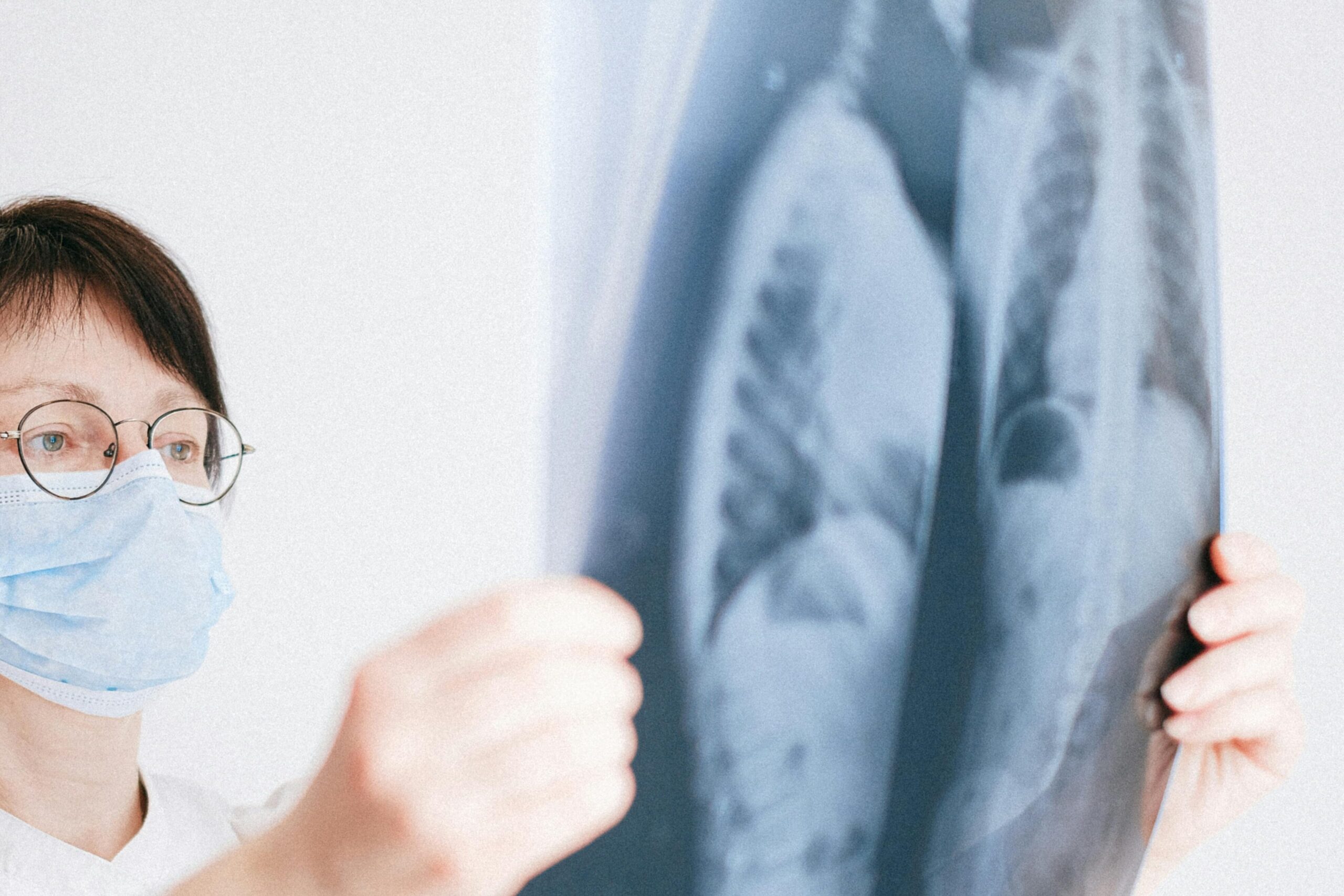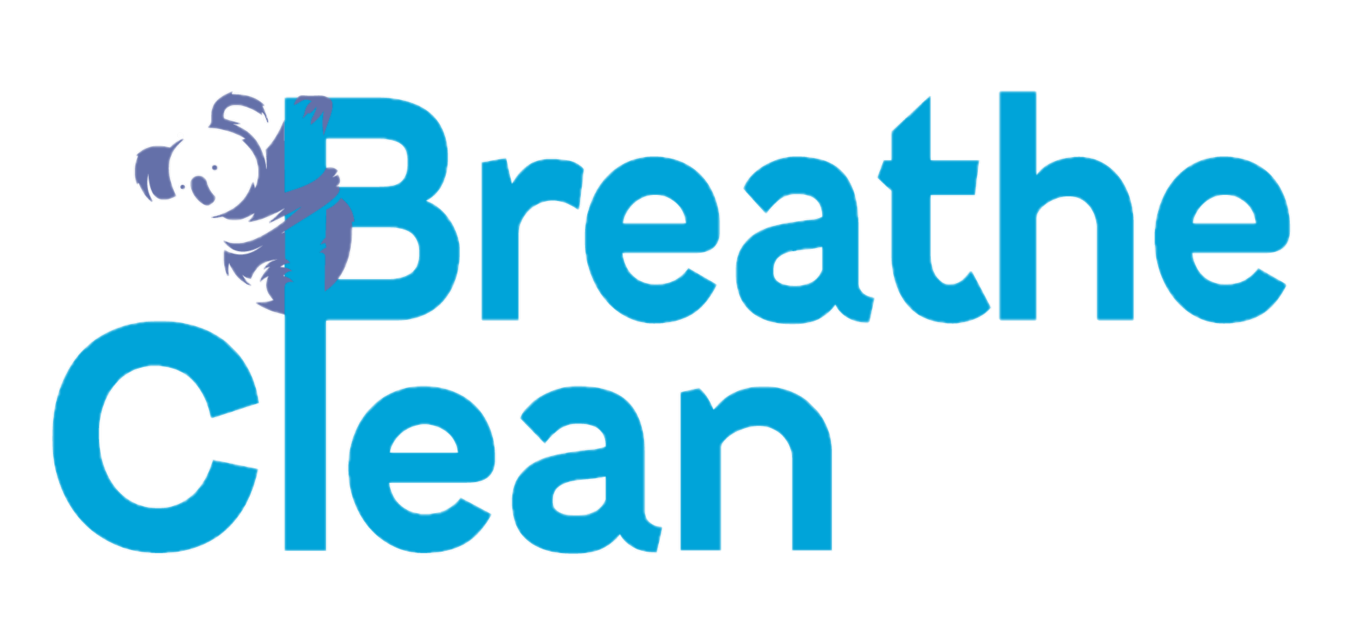
Pollution particles, often invisible to the naked eye, pose a significant threat to respiratory health. These tiny pollutants, emitted from various sources such as vehicle exhaust, industrial emissions, and wildfires, can penetrate deep into our lungs, leading to a range of adverse health effects.
According to the World Health Organization (WHO), air pollution is a major environmental risk factor for respiratory diseases, including asthma, chronic obstructive pulmonary disease (COPD), and lung cancer.
The Challenge of Removing Pollutants: No Easy Fix
Once pollution particles infiltrate our lungs, they stubbornly cling to our respiratory tissues, defying conventional remedies. Unlike external pollutants that can be washed away or neutralized, those lodged in our lungs persist, contributing to long-term damage and chronic respiratory conditions.
The Body’s Adaptation and Limitations
While the human body is remarkably resilient and can adapt to various challenges, it has limitations when it comes to combating pollution particles in the lungs. Despite the body’s natural defenses, such as coughing and mucus production to expel foreign particles, pollutants can evade detection and cause inflammation, oxidative stress, and tissue damage.
Prevention is Key: Strategies for Protecting Lung Health
To mitigate the harmful effects of pollution particles on our respiratory system, prevention is paramount. Adopting lifestyle changes and supporting initiatives to improve air quality can significantly reduce exposure to pollutants and safeguard lung health.
- Reducing Exposure: Avoiding outdoor activities during times of high pollution, using air purifiers indoors, and opting for eco-friendly modes of transportation can minimize exposure to harmful pollutants. Also avoid bringing new pollutants into your home!
- Supporting Clean Air Initiatives: Advocating for policies and practices aimed at reducing emissions from industries, vehicles, and other sources of pollution can help improve air quality and protect public health.
- Promoting Healthy Lifestyles: Embracing a healthy lifestyle, including a balanced diet rich in antioxidants, regular physical activity, and avoiding tobacco smoke, can strengthen the body’s natural defenses against pollution-related damage.
Hope for a Cleaner Future
While pollution particles may remain a persistent threat to respiratory health, there is hope in our ability to take action and prevent further harm. By implementing proactive measures to reduce exposure and support clean air initiatives, we can protect our lungs and ensure a healthier environment for future generations.
While there may be no easy fix for pollution particles lodged in our lungs, there are steps we can take to mitigate their impact and safeguard respiratory health. By understanding the threat they pose, adopting preventive measures, and advocating for cleaner air, we can work towards a future where the air we breathe is cleaner and safer for all.
Ready to start your clean air journey? Contact us today!
